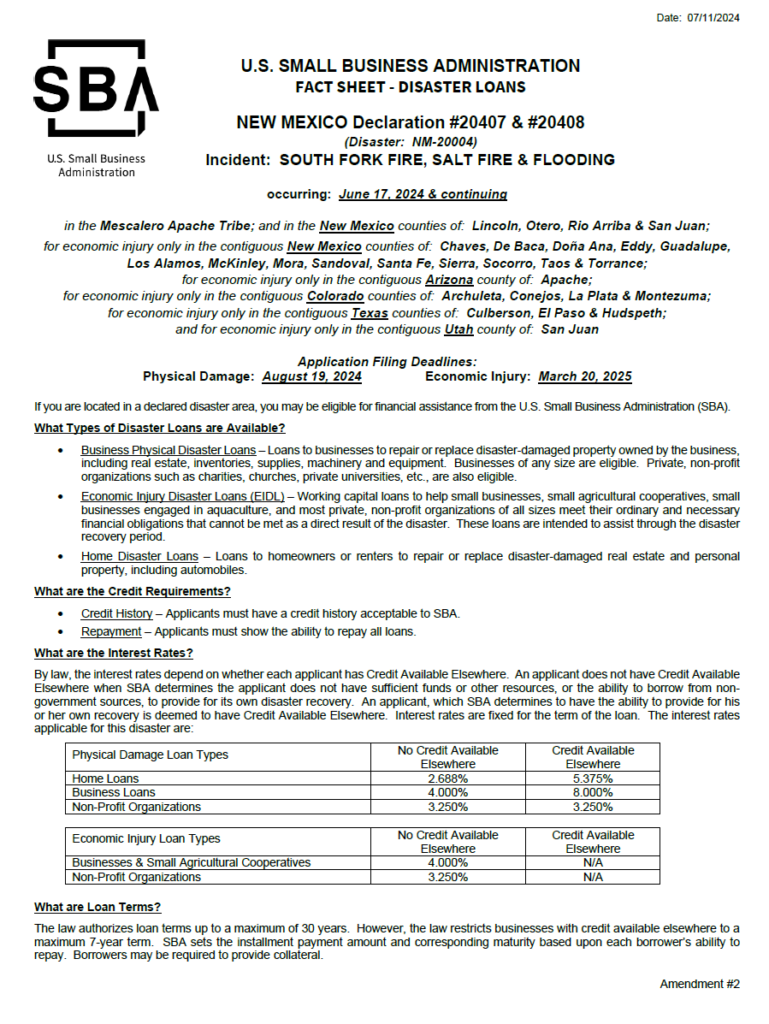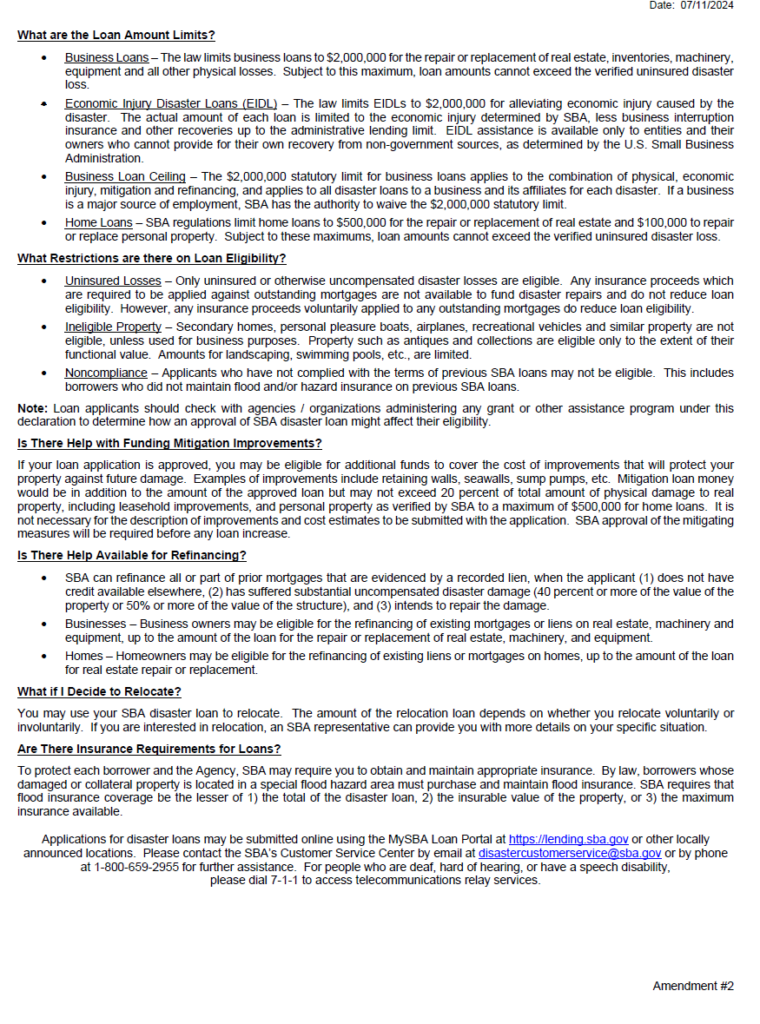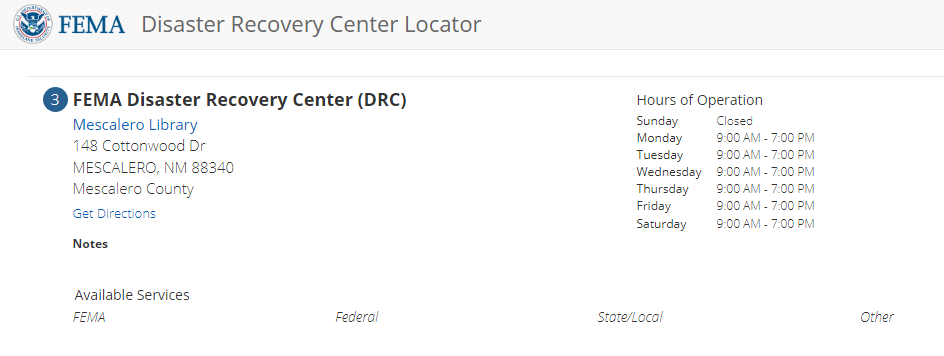Summer grocery benefits program provides $120 per child
SANTA FE – Today, the New Mexico Health Care Authority (HCA) distributed new SUN Bucks EBT cards, a grocery benefits program designed to help families during the summer months. New SUN Bucks cards are being mailed to families who will receive a payment of $120 per child.
“Summer should be a time of joy and growth for our children, not a time of worry about where their next meal will come from,” said Kari Armijo, Cabinet Secretary for the New Mexico Health Care Authority. “SUN Bucks will help bridge the gap, ensuring families have the resources to keep their kids healthy and thriving.”
SUN Bucks provides $120 per eligible school-aged child to buy groceries, ensuring children have access to nutritious food even when they are not receiving free or reduced-price meals at school. Most families will receive these benefits automatically, while some parents or guardians will need to apply.
HCA estimates that about 275,000 K-12 students will benefit from this new program. In addition to free meals available at summer meal sites, the SUN Bucks program aims to support families by stretching their grocery budgets during these months.
SUN Bucks benefits will be issued to school-aged children ages 5 through 18 who were active on SNAP (food assistance), TANF (cash assistance), and most types of Children’s Medicaid from July 1, 2023, to August 1, 2024.
If you do not receive your SUN Bucks card by August 30, 2024, visit summerebtnm.org for more information on eligibility requirements. For families who need to apply, the SUN Bucks application deadline is August 15, 2024.
“Our goal is to ensure that every child in New Mexico has access to the nutrition they need to succeed, both in and out of school,” said Arsenio Romero, Cabinet Secretary for the New Mexico Public Education Department. “The SUN Bucks program is critical in supporting our families and communities throughout New Mexico.”
Who qualifies automatically?
Your student may be automatically eligible for SUN Bucks if:
- They have received free or reduced meals under the National School Lunch Program (NSLP) or School Breakfast Program (SBP).
- Their school reports them as homeless, a migrant, or in foster care.
- They received SNAP, Medicaid, or TANF (cash assistance) anytime during the school year.
If your child is automatically eligible, you will receive a notice in the mail informing you of their eligibility, and no further action is required.
What to do if your student does not automatically qualify
You can apply for SUN Bucks if:
- Your student attends an NSLP/SBP participating school.
- There is no approved NSLP/SBP application on file with the school.
- Your household income is less than 185% of the Federal Poverty Limit.
- You reside in the state of New Mexico.
Application Deadline
The SUN Bucks application deadline is August 15, 2024.
Apply Online: summerebtnm.org
Apply by Mail:
NMPED
Attn: Summer EBT / SSWB
300 Don Gaspar Ave.
Santa Fe, NM 87501
To learn more about SUN Bucks, visit the HCA website here.






